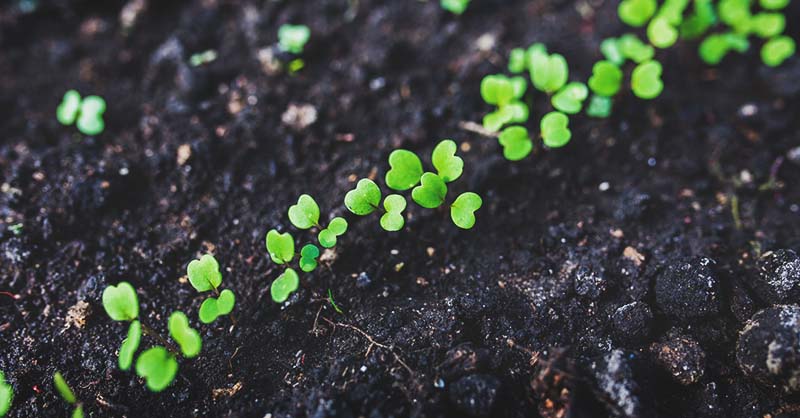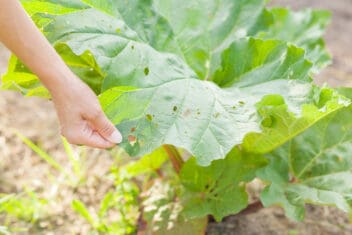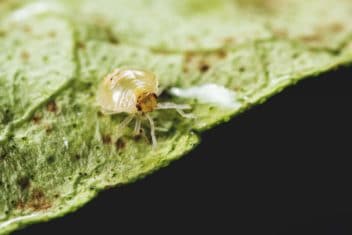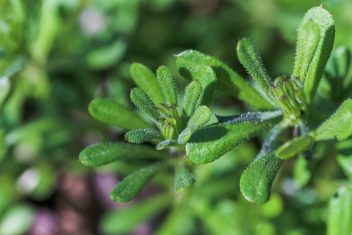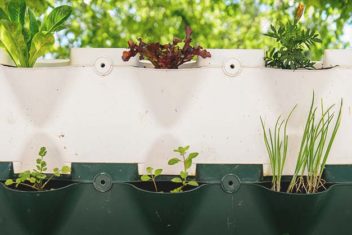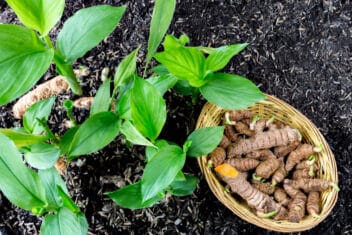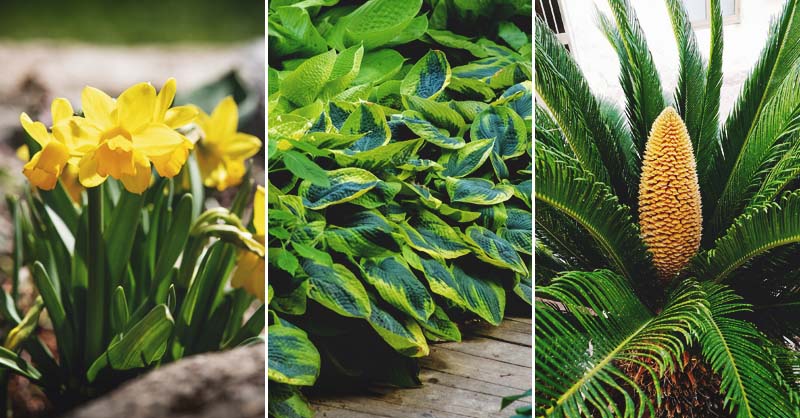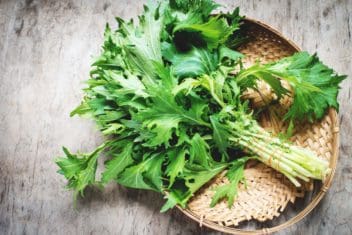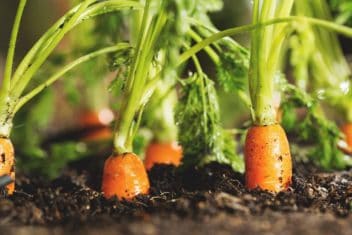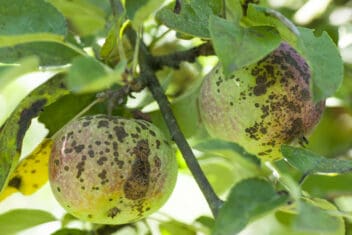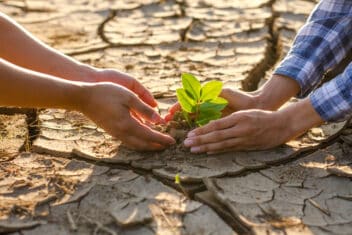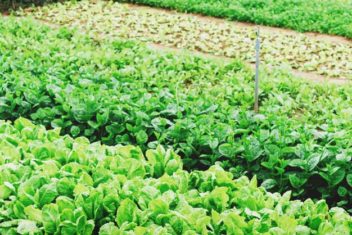Have you heard about the growing number of global seed banks in locations around the world? They are special libraries for all the genetic plant material that has been found and collected worldwide.
They have incredible varieties of seeds from vegetables that have only survived through cultivation in very isolated communities. They also have tissue cultures from plants and trees that most of us have never heard of since they are so rare. Much of what is stored is even at risk for extinction.
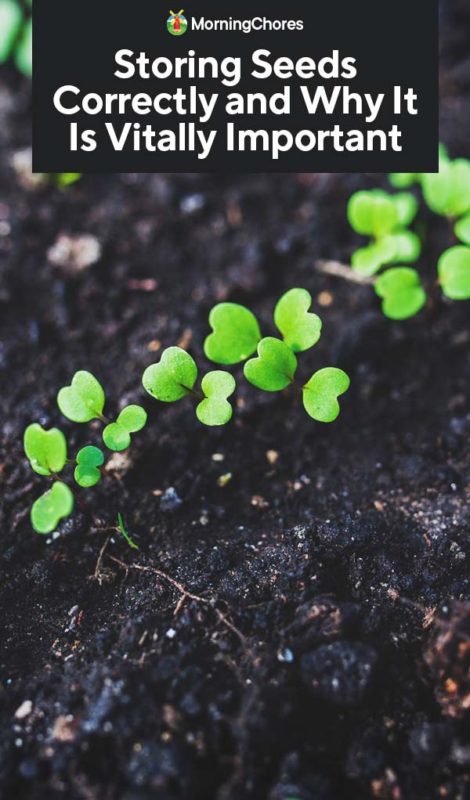
Global Seed Vaults for Storing Seeds
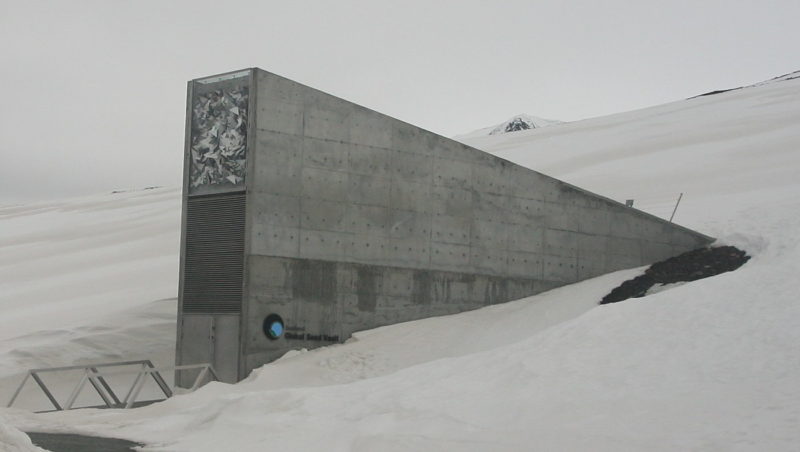
Given the importance of their contents, these seed banks are built as self-sufficient bunkers. They are meant to withstand almost any potentially catastrophic event.
Some people call them “doomsday vaults.” They are highly-controlled environments that store all this plant genetic material at precisely the right temperature and conditions for indefinite storage.
In some cases, the seeds or plant material are individually analyzed and tested to find out exactly what storage conditions are best. The goal is to ensure those plant parts could be used to regenerate plants 100, 1000, or more years into the future.
The amount of work, research, and care that goes into preserving all this plant history are astounding!
Storing Seeds – Tips for Homesteaders
Luckily, you don’t need to have that kind of knowledge or facilities to take great care of your seeds on the homestead. But there are some tips and tricks we can learn from the seed banks on plant preservation.
Tip 1: Be Fascinated
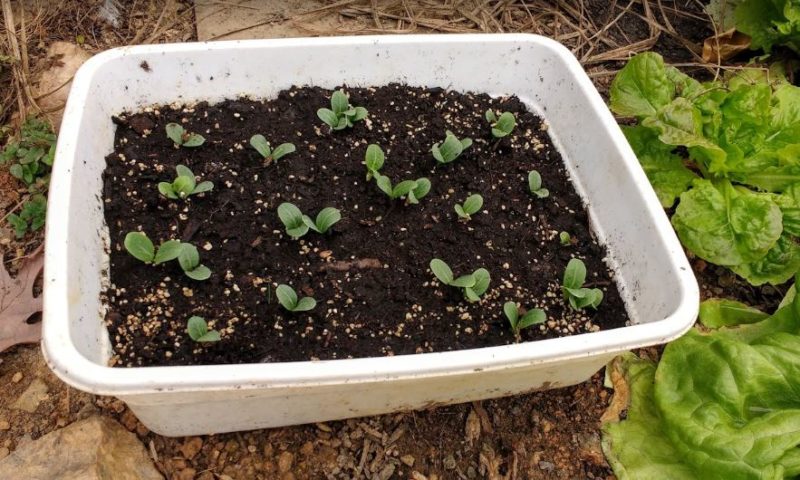
Seeds are miraculous things. Those tiny plant embryos can spark to life when just a few conditions – such as soil temperature, water, or light needs – are met. Small as they are, they contain all the genetic information needed to grow into a mature food-bearing plant.
What’s even more fascinating though, is that they are living time capsules. They contain the genetic history of their ancient wild, uncultivated ancestors. Plus, they represent the thousands of generations of relationships they’ve had with us humans.
Each time we cultivate them, our growing conditions and choices on which seeds we save, influence the taste, smell, color, and size of our future plants. In a way, seeds we grow and keep on our homesteads are part of our family in that we have raised them to be what they are today.
It’s always unbelievable that for a few dollars to buy a packet of seeds, I become connected with thousands of years of human history and plant evolution. Plus, if I am careful with storing seeds how I use them, those seeds can nourish me with beauty, food, and medicine for years to come.
I believe that when you cultivate a fascination for seeds, you naturally want to take better care of them.
Tip 2: Buy Quality Heirloom Seeds
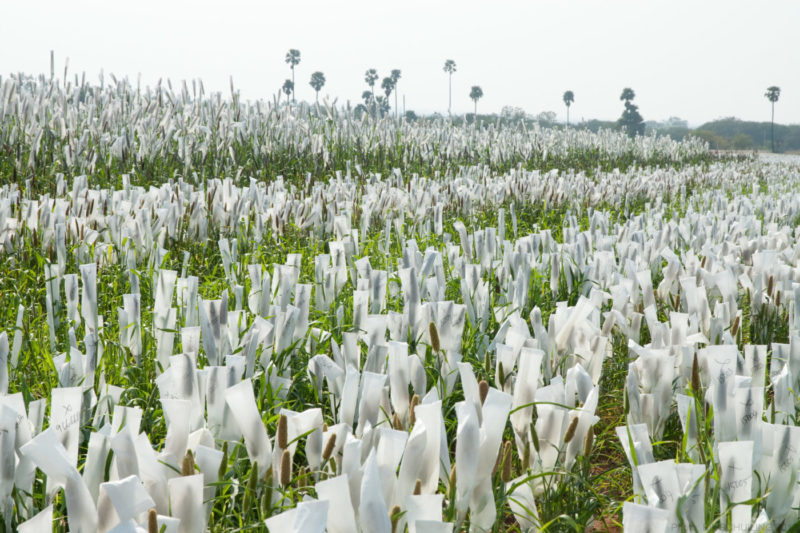
After learning about seed banks and the intricacies of saving seeds, I realized that buying seeds from organizations focused on seed saving for genetic heritage preservation is vitally important. Here’s why.
Anyone who wants to produce and sell seeds must grow healthy plants. They also have to use proper drying and packaging procedures. They need to do some quality control for things like seed size and apparent defects. Plus, they have to do germination tests on their seeds to make sure they are viable for customer use.
So, any seeds you buy from any reputable supplier are likely to be of good basic quality. Beyond these commonalities, though, the motivations of the seed growers will have a significant impact on the genetic information preserved in the seeds.
– Mass Produced Seeds
If your goal is to produce as many seeds as possible to sell at a low cost, then you’ll grow a bunch of plants. You’ll harvest as many seeds as possible from every healthy plant you grow.
Your focus isn’t on choosing the best representations of the plant for your seed stock. Instead, it’s on high-production levels
– Seeds for Genetic Preservation
If your goal is to produce heirloom seeds that are representative of the best attributes of their genetic history, you’ll be more selective in seed harvesting. You’ll look at each plant and make sure it’s showing all the genetic traits you want to preserve.
Plants that don’t measure up will be culled so that their poor genetic performance doesn’t get perpetuated in seed packets around the country. You’ll also go out of your way to track down the best parent seeds possible to use to start producing your seeds.
Seed saving organizations focused on genetic preservation are similar to livestock breeders who maintain lineages and preserve specific genetic traits for generations.
– Heirloom Honesty
Now, beware, just because a seed is marked as “heirloom” does not mean it’s been saved in this manner. Heirloom has become an advertising buzzword that is starting to lose its meaning.
So while choosing heirloom seeds is important, buying from organizations dedicated to preserving genetic heritage is even better. Now, even that isn’t a guarantee that things don’t occasionally go wrong (e.g., cross-pollination).
Still, buying from companies dedicated to preserving genetic history is a good start. Baker Creek, Seed Savers, Southern Exposure Seed Exchange, Victory Seeds, and Sow True Seeds are good examples of companies with a focus on genetic preservation in seed saving.
Tip 3: Selectively Use Hybrids
As a homesteader focused on self-sufficiency, I have a preference for heirloom seeds. However, there are times when hybrid seeds make perfect sense.
– When to Use Hybrids
For example, I use hybrid mustard seeds as a bio-fumigant (fungal pathogen suppressant) in my soil. They germinate quickly, grow profusely, and have proven benefits for the soil.
Also, if you have severe fungal pathogens in your soil, you may have no choice but to grow hybrid tomato seeds in your garden. Many of these are explicitly designed with resistance to the more common fungal problems that would otherwise destroy tomato crops.
– Don’t Save Seeds from Hybrid Plants
Keep in mind, though, seeds saved from hybrid plants will never produce true to type. Also, even when they do produce something, it is usually not something you would want to grow.
I once let a hybrid squash seed grow out in my garden. The vine spread 45 feet and produced about 450 pounds of the ugliest, worst tasting squash ever! I’ve had similar experiences with self-seeding hybrid tomatoes.
If you do use hybrids, try not to let them seed. Also, be conscientious of cross-pollination issues. Even plants like tomatoes which are generally self-fertile, can still cross-pollinate with other plants and contaminate seeds you plan to save.
Seed care is not just about caring for the seeds you have, but caring for all the seeds to come in the future!
Tip 4: RESPECT!
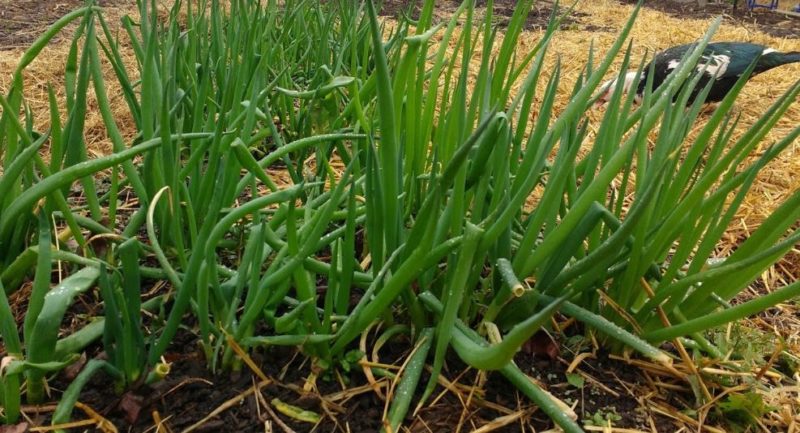
Aretha Franklin (RIP) is singing in my head right now. R-E-S-P-E-C-T find out what it means to me. Which is excellent advice for pretty much all relationships, including the one you have with your
Seeds from different plants have different storage requirements. Onions and leek seeds, for example, have very short shelf-lives. They are only good for about a year, even when storing seeds correctly.
So for those short-shelf life seeds, if you have more than you need in the pack you bought this year, find ways to use them. In the case of onions:
- Turn them into baby bulbs you can dry and plant next year.
- Grow your extras as green onions for all your Asian cooking recipes.
- Cast your extras out under your perennial food lots to grow as deer and vole deterrents.
- Share those extra seeds with fellow gardeners.
For each thing you grow, it’s a good idea to know what kind of care those seeds need and how best to store them. Johnny’s Select Seeds (another good source for heirloom seeds) has a great list for how long you can store different kinds of plant seeds.
Tip 5: Don’t Soil Your Seeds
You’re outside digging in your soil. You come running in and rummage through your seed collection. You get what you need, then close up your airtight container.
A few weeks later you dig in your seed collection again. You notice a musty smell. The corner of one of your packets feels wet, and some of the seeds have sprouted.
– Moisture
Without meaning to, you broke the cardinal rule of seed care. You introduced moisture into your seed storage area. EGADS!
Soil, especially soil laden with compost, holds an incredible amount of water. So even a few crumbs of it, inadvertently enclosed in airtight conditions can spoil your seeds.
– Bacteria
Also, living soil is full of bacteria. Most of the beneficial bacteria thrive in oxygen-rich environments. However, there are also some bad bacteria lying dormant in your soil. They tend to come to life in oxygen-deprived environments (e.g., poor drainage).
If you transmit them on your soil-covered hands to your seeds, then you seal them up in the anaerobic conditions they need to grow, and thereby spread
– Soil Belongs in the Garden
Handle your seeds in an un-soiled location using clean hands. Out of habit I open my seed packs indoors, pour what I need into small ceramic containers, and then put my seeds back into their storage area before I go to my garden.
Tip 6: Keep a Personal Seed Vault
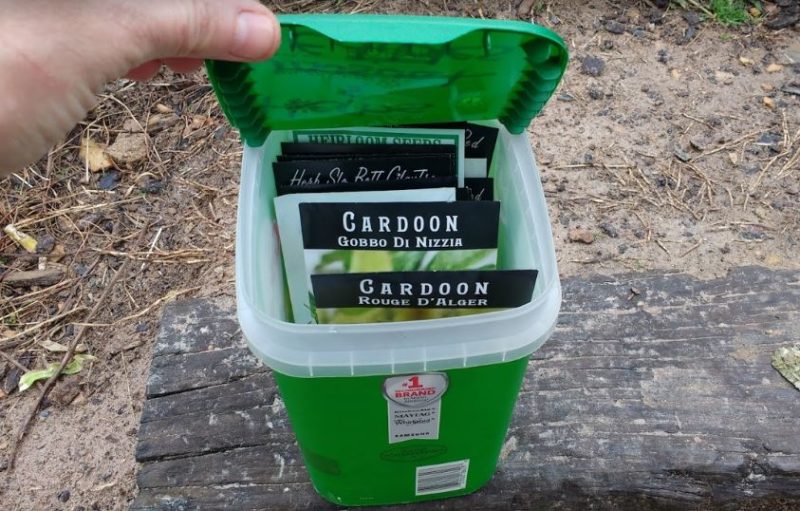
On the subject of containers for your seeds, since you likely don’t have a bomb-proof seed vault at home, here are some ideas for storing seeds.
– Paper Packets in Water-proof Containers
I’m a fan of keeping my seeds in their original paper packets or envelopes (when I save my own). I sort them in groupings such as cole crops, salad greens, legumes, taproot vegetables (beets, turnips, radish), flowers, herbs, and so on. Then, I use re-purposed dishwasher tab buckets to hold my packets.
Any small-ish container that is water-proof will work for this method. Coffee cans, wide-mouthed mason jars, resealable plastic bags, plastic shoe boxes, and Mylar resealable bags all work well. Waterproof military style ammo boxes also work well, but they are way out of my price range (e.g., free).
– Plastic Packets in Easy to Sort Containers
You can also enclose your paper seed packets in plastic packets such as resealable baggies. Then, you can use sorting devices to organize your seeds. Things like recipe or note card holders, pocketed photo albums, photo boxes, shallow totes with cardboard dividers, and library card catalog units can all be used for easy sorting.
Some people will put their paper seed packets directly into cardboard boxes or photo albums. Personally, though, I prefer to keep my seeds in some kind of water-proof covering just in case I spill something, the roof leaks, or my indoor pets drool on my seed collection.
– The Apothecary Seed Vault
I also love those seed collections stored in antique apothecary travel boxes or cabinets. You know those fancy little bottles, well-labeled, and sorted alphabetically in a big leather suitcase or wooden cabinet that looks so pretty on Pinterest? They hammer home the idea that “food is medicine“.
They are quite pricey and hard to find though. So, a lot of people have made their own iterations using recycled pill bottles, herb and spice jars, or small-sized mason jars. That’s a great way to store seeds as long as you also follow my next tip.
Tip 7: Use Ideal Storage Conditions
Regardless of what kind of vessel you use to contain your seeds, you also need to create three environmental conditions for safe-keeping. Here the are:
- Avoid direct light.
- Keep dry.
- Maintain cool, stable temperature conditions.
In other words, if you put your seeds on display apothecary-style, make sure that the storage unit has dark doors or drawer covers. Situate it in a cool part of your house, such as the basement or root cellar.
Make sure your seeds are protected from moisture using things like glass or plastic storage containers. Or, you can include those silica sacks that come in shoe boxes and medicine jars to regulate humidity in your seed containers.
Even if you are storing seeds in plastic boxes like I am, those same conditions still apply. My seed containers reside in a dark closet in the coolest part of our house. It’s not entirely ideal, but it works pretty well to meet those three seed storage criteria.
Conclusion

Seed care starts with understanding how important they are to our history, our homesteads, and future generations of gardeners everywhere. When you care about seeds, then caring for them becomes much easier.
Just like you care for all the life-forms on your homestead, with just a little RESPECT (sing it with me) and meeting a few basic storage criteria, you can plant seeds that sow more than just your garden. You can sow a homestead full of the living history embodied in the seeds you plant.
